コラム
落合憲弘
John Sypal
タカザワケンジ
なぎら健壱

Over the past few years Masahisa Fukase’s photographic legacy has seen greater exposure and reassessment. In 2023 alone Tokyoites were able to enjoy no less than three Fukase exhibitions. Inceased international interest has ensured that collections from his vast archive continue to be published, and 2024 is poised to see a Fuksase biopic in theaters.
Writing on Fukase, particularly in English, has likewise increased. (In my opinion the very best of this is written by Lucy Fleming-Brown.) I don’t feel qualified to add to that conversation-- particularly in the academic arena. As a black and white photographer / darkroom printer however, I’d like to share some thoughts on a unique experience from a recent Fukase exhibition at SAI in Tokyo.
SAI is a bright, crisp, and U-shaped gallery space in the new Miyashita park shopping complex in Shibuya. Located down the hall from the mall food court, it sits right next door to the Ghibli store, directly above the Tom & Jerry café. It’s safe to assume that most of the clientele of this complex could more readily tell you the names and three latest hair colors of their ten favorite K-pop idols than begin to guess who Masahisa Fukase might be. And that’s fine! A K-pop idol pop-up shop would feel just as out of place at TOP Museum. That’s part of the charm of this show- SAI brings a unique angle of artistic culture to a shopping complex that would normally have none. A Fukase exhibition in a place like this is delightfully edgy, if not downright subversive. But this subversive element wasn’t limited to the location alone.
The show, simply and practically titled “Masahisa Fukase Exhibition” was put together with the cooperation of photographer Masato Seto, Fukase’s former assistant. On the walls were forty-six framed prints, with the thematic core of being large prints from Fukase’s legendary Ravens series. Seeing these images in person and in silver-gelatin is always a treat. In addition to all the Ravens, the other two wings (!) of the gallery featured a selection of vintage prints of photographs taken in Tokyo in the 1970s & 1980s. Seto, who recently published a memoir on his time with Fukase, gave a talk in the gallery on the opening day of the exhibition.
As I mentioned, there were three Fukase exhibitions in Tokyo in 2023. (I wrote about my favorite of them in Vol. 19 of this column: https://photoandculture-tokyo.com/contents.php?i=2276). What sets the SAI show apart was not the images themselves, but how they were made available to gallery visitors.
On a wide table in the center of the gallery sat two shallow, B4-sized storage boxes. In them were a total of about 300 original silver gelatin workprints made by Fukase himself. Astonishingly, rather than be kept in a glass case, visitors were allowed to sit down at the benches on either side of the table and, after donning on a mask and white gloves, look through the stacks at their leisure. It’s hard to understate how incredible this was as an experience- and an idea.
I mentioned “subversion” earlier- and this sort of generosity is itself subversive. Leaving open boxes of lose, vintage prints by Masahisa Fukase on a table was impressively subversive in its denial of photo-art-object preciousness and in how it put a visitor’s tactile encounter with them ahead of monetary value. Such a caviler stance in the face of potential damage or (god forbid) theft is hard to imagine happening anywhere. I doubt that a Parisian gallery would leave out a few hundred Cartier Bresson prints in a shopping mall- nor would an American gallery put out stacks of Robert Frank workprints a few doors down from a Panda Express. Actually, prior to this show I couldn’t imagine it happening in Tokyo, either.
And yet, there they were.
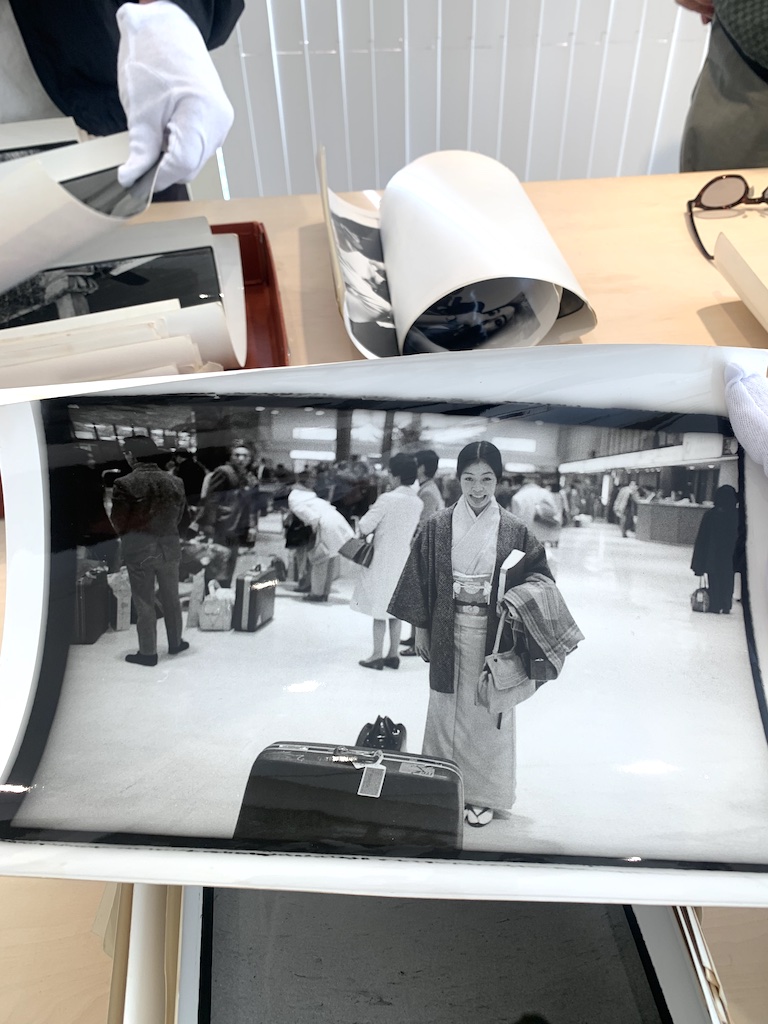
Everyone I spoke to about this was impressed. Some noted that since the prints were unsigned, they weren’t really all that valuable. Maybe? (There were a few I’d personally like to own, signed or not). I don’t know the full backstory of the prints- but I know that they were provided by Seto and some had annotations for their use as masters for magazine publication. A darkroom printer myself, I know that prints can literally stack up and take over shelf and then floor space. I assume that Fukase’s print archives could probably be measured in the hundreds of kilograms- and so that a few boxes were in the hands of an assistant and likely (by both) mis-remembered seems normal. Japan at the time did not have much of a Fine Art Print market and despite his current stature in Photographic Pantheon, it’s important to understand that photographers in the 70s & 80s were more casual when it came to archiving work and storage. I’m no Masahisa Fukase, but I still find boxes full of prints that I’ve forgotten about in my apartment. When it comes to archiving things, “I’ll do it someday” is a fairly common thing photographers say.
Back to the prints. Most were 10x12 in size and all had curled. Quite a few had yellowed. I believe that all were fiber-based prints- many were on single-weight paper- and most were brilliantly glossy thanks to a ferrotype finish. Some had fixer stains and scratches- others creases or bent corners. They were jumbled in theme and, spanning decades, time. As you (carefully!) worked your way through the stacks obvious thematic chunks appeared- family, cats, Yoko, family, etc. These were identifiable by content and paper stock. Darkroomers tend to use what’s at hand. I don’t know how to put it- in these prints I recognized a comradery- a darkroom universality. It was precisely due to the variety in papers and tones (and plenty of dust spots!) that I felt a connection of sorts to the artist.
My experience here was unexpectedly moving. There’s obviously the Image aspect- and most were indeed interesting. The Image aspect is tied to the Historical and Technical aspects, with everything bound by the prints’ inherent physicality. Were they “good” pictures? Masterpieces? Did they have to be? No. Of course not. And yet, and yet…
I’ll be the first to admit that I have a conservative, sentimental streak when it comes to photography. Still, why these silver gelatin objects affect me (you? us?) in such a way that aa pile of Crtl-P’ed inkjet prints couldn’t, I can’t explain.
Maybe this wasn’t a time or place for explanation.
Maybe there never needs to be. Sitting at that table in a clean white room in a Shibuya mall, this experience with these sheets of magic silver-coated paper proved that photography is at its best when one relishes its capacity for mystery.
At times this pleasure can be enough.

ここ数年、深瀬昌久の写真作品は露出が増え、再評価されていると感じます。2023年だけでも、東京では3つ以上の深瀬展を楽しむことができました。国際的な関心が高まったことで、深瀬の膨大なアーカイブから写真集が出版され続け、2024年には深瀬昌久の伝記映画が公開される予定だそうです。
深瀬に関する著作も、特に英語では増えています。個人的にはルーシー・フレミング・ブラウンが書いたものが最も優れていると思います。私は学術的なアプローチではなく、モノクロ写真家で暗室作業を愛する者として、SAIで最近開催された「深瀬昌久展」でのユニークな経験について、いくつかの考えを共有したいと思います。
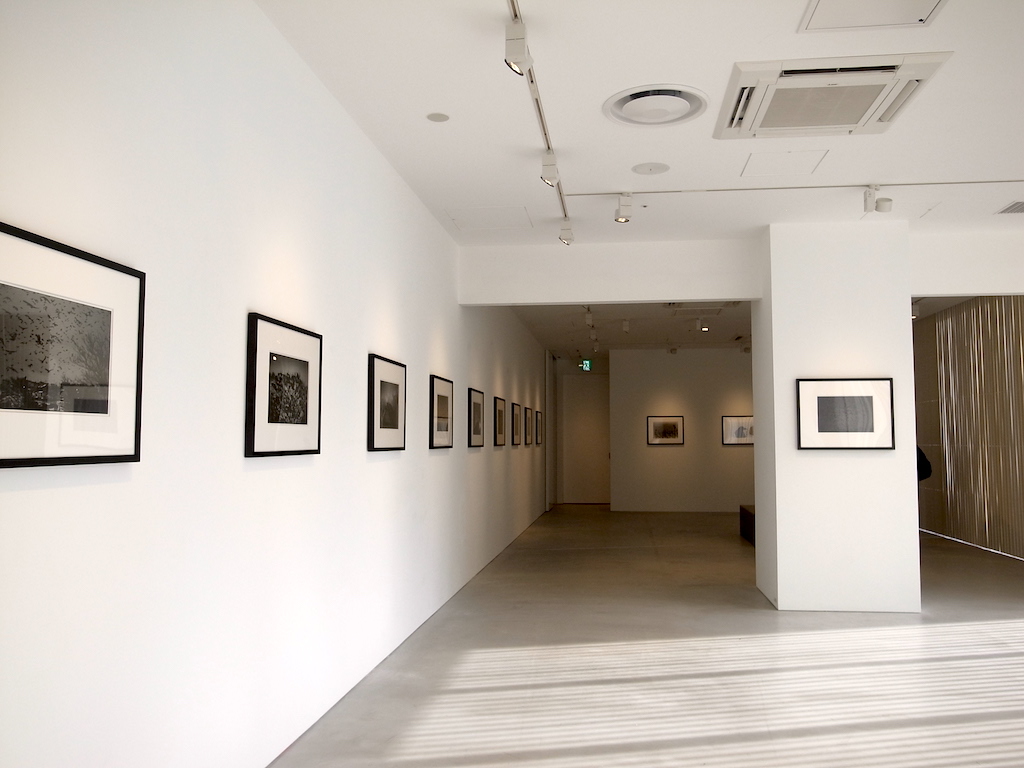
SAIは、渋谷の新しい複合施設「宮下パーク」にある、明るく爽やかな「コの字型」のギャラリースペースです。ショッピングモールのフードコートが近く、ジブリストアのすぐ隣、トムとジェリーカフェの真上に位置しています。ここを訪れる客のほとんどは、深瀬昌久が誰なのか想像するよりも、好きなK-POPアイドルの名前を何人も言うことができるでしょう。でも、それがこの写真展の魅力のひとつです。流行が渦巻く複合施設に芸術文化というユニークな切り口を持ち込むSAI。このような場所での深瀬の写真展は、破壊的とまではいかないまでも、エッジが効いていて楽しいです。しかし、この破壊的な要素は場所だけにとどまりません。

「深瀬昌久展」というシンプルなタイトルのこの展覧会は、深瀬の元アシスタントである写真家の瀬戸正人さんの協力を得て開催されました。壁面には、深瀬の伝説的なシリーズである「烏」の大判プリントを中心に、46点のプリントが額装されていました。これらのイメージを実際に、しかも銀塩プリントで見られることは、なかなかレアな機会です。「烏」に加え、ギャラリーの他の2つのウィングでは、1970年代と1980年代に東京で撮影された写真のヴィンテージ・プリントが展示されていました。
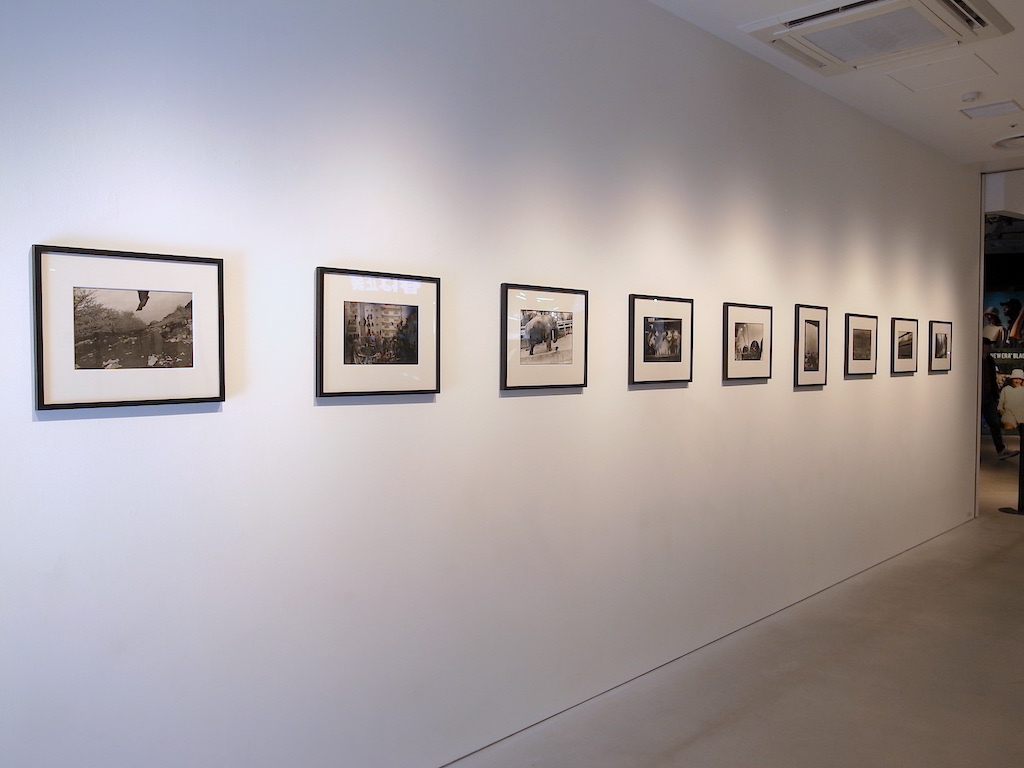
前述したように、2023年には東京で3つの深瀬展が開催されました。
本連載の Vol.19(https://photoandculture-tokyo.com/contents.php?i=2276)では、特にお気に入りの展覧会について書いています。SAIの写真展が他と違うのは、写真そのものではなく、来場者にどのような形で提供されたのかということです。
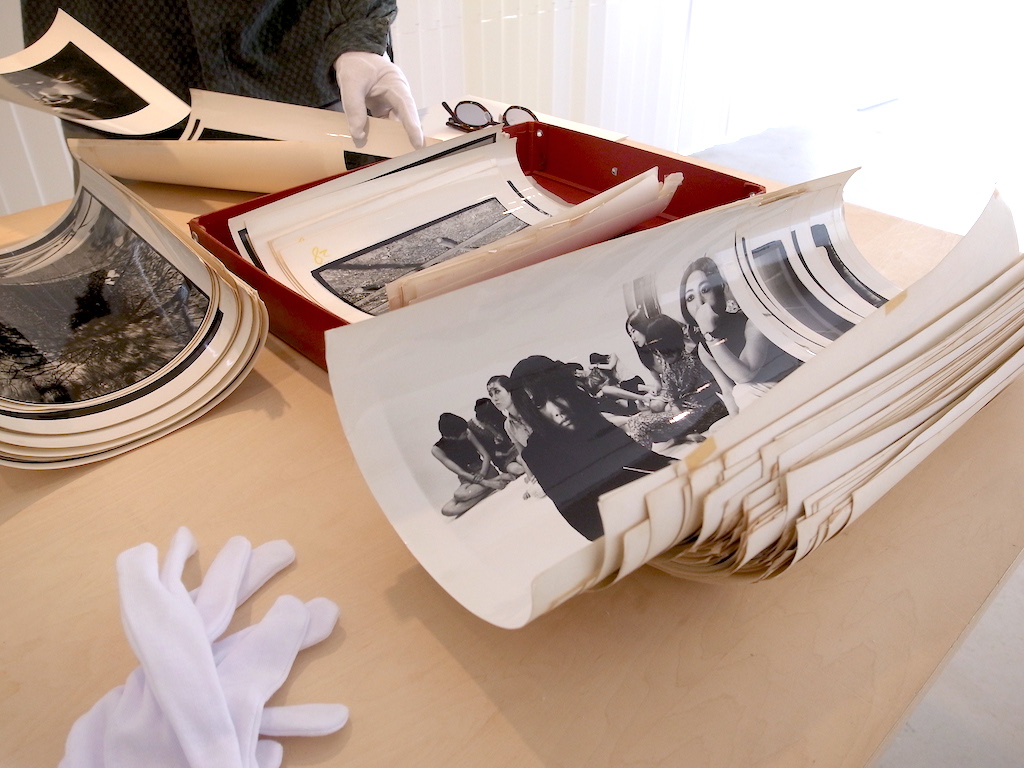
SAI中央の広いテーブルの上には、B4サイズの箱が2つ置かれていました。その中には、深瀬が暗室で自ら制作した銀塩のオリジナルプリントが約300点収められていました。驚くべきことに、来場者はガラスケース越しにそれらを見るのではなく、マスクと白い手袋を着用して自由にプリントを見ることができたのです。これが体験として、どれほど素晴らしいものであったかを控えめに言うのは難しいことです。
先ほど「破壊」と書きましたが、このような“寛大さ”自体が破壊的なのです。深瀬昌久のヴィンテージ・プリントの箱を開けたままテーブルの上に置いておくことは、写真というオブジェの貴重性を否定し、金銭的価値よりも、来場者の手触りとの出会いを優先させるという点で、印象的な破壊的行為であったと言えます。
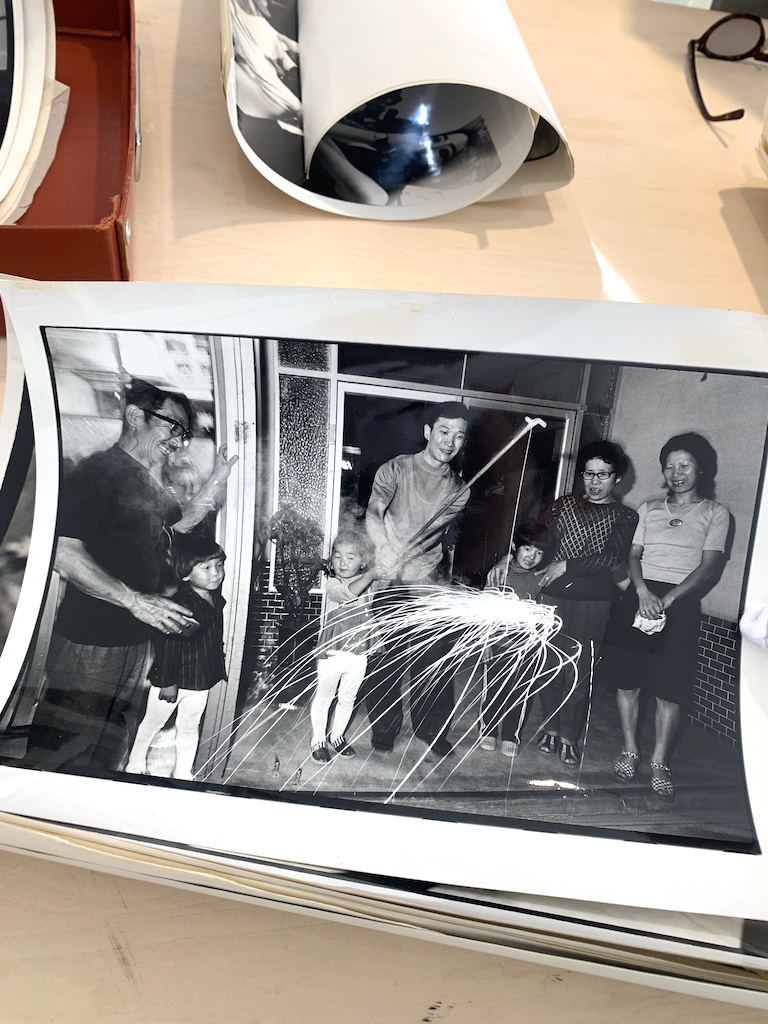
破損や盗難の可能性を考慮すると、この取組はどの国でもできることではありません。パリのギャラリーがショッピングモールに数百点のカルティエ・ブレッソンのプリントを並べるとは思えないし、アメリカのギャラリーがフォードコートの数軒先にロバート・フランクの作品プリントの山を並べるということはまったく想像できません。実際、この写真展を見るまで東京でこのようなことが起こるとは想像もできませんでした。でも、今年の春、深瀬のプリントは複合施設のテーブルの上にあったのです。
この話を聞いた人は皆、感心していました。「サインされていないプリントにそれほど価値はない」と指摘した人もいます。ある意味そうかもしれません(サイン入りであろうとなかろうと、個人的に所有したいと思うものがいくつかあったけど…)。 詳しい経緯はわかりませんが、瀬戸さんから提供されたこれらのプリントには、雑誌掲載用の原版として使用するための注釈がついているものもあります。
暗室作業において、プリントは文字通り積み重なり、棚や床を占領してしまいます。深瀬のプリント・アーカイブはおそらく数百キログラムはあったことでしょう。そのうちのいくつかがアシスタントの手に渡ることは普通のことだと思います。なぜならば当時の日本にはファインアート・プリント市場はほとんどありませんでしたし、1970〜80年代の写真家は作品のアーカイブや保管に関してほぼ無関心でした。彼は写真界の巨匠として名を連ねていますが、それら時代背景を理解することが重要です。

箱の中のプリント群のほとんどは四切り(10×12インチ)のバライタ印画紙で、かなりの数が黄ばみ、丸まっていました。定着液のシミや傷が入ったものもあれば、折り目や角が曲がっているものもありました。家族や猫、妻の洋子さん、北海道の家族など、テーマも時間もバラバラでしたが、写されたものや紙質から時代を識別することができました。
私はこれらのプリントに同志のような、暗室作業をする者の普遍性を感じました。紙や色調の多様性、そしてたくさんのホコリやキズを見て、私は深瀬昌久というアーティストとのある種のつながりを感じたのです。

SAIで思いがない体験は感動的でした。私が写真に関して保守的でセンチメンタルなところがあることは自負しています。それでも、山積みの銀塩プリントが放つ言葉にできないほどの魅力に、いつも私は影響されてしまうのです。
渋谷の複合施設にある白い部屋の机の前に座って、銀塩写真を手にする経験はまるで魔法のようでした。写真とはその神秘性を楽しむときに、最高の効果を発揮するものだということをあらためて実感しました。この喜びで十分なのです。
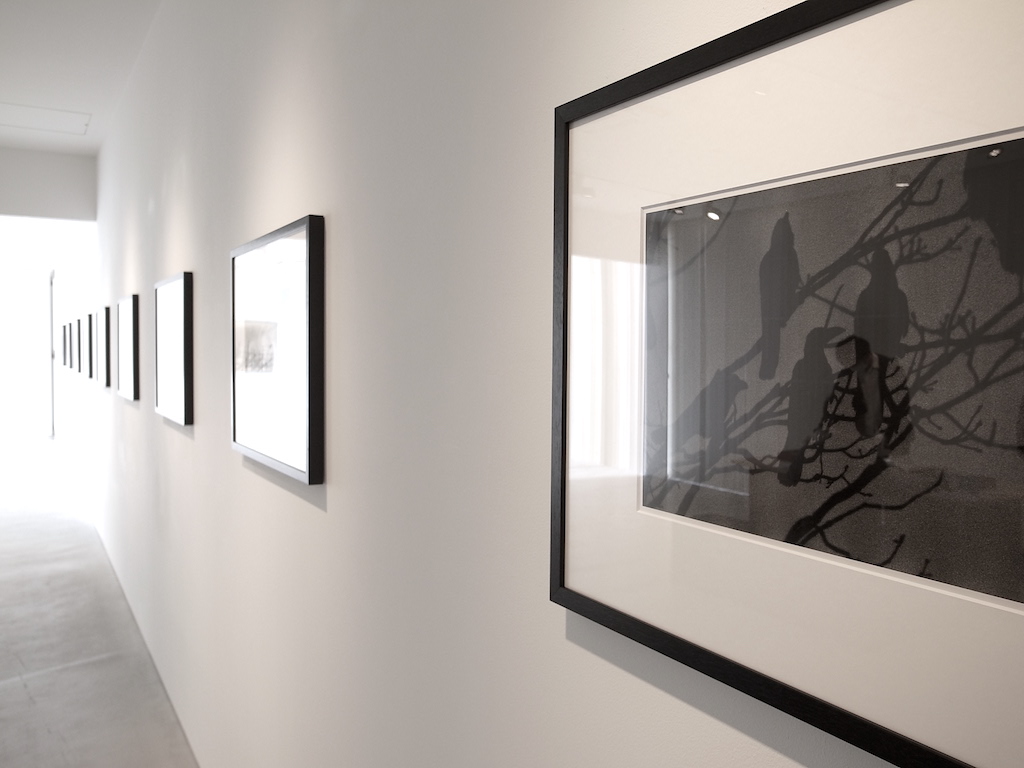
Masahisa Fukase Exhibition
「深瀬昌久展」
2024年3月23日〜4月14日
SAI
 Vol.38 Three Exhibitions: "Utsusemi", "This is Our Land, Vol.II", and "ZOKUSHIN / Gods of the Earth" 「うつせみ」「地とひと Vol.Ⅱ」「俗神」
2025/05/23
Vol.38 Three Exhibitions: "Utsusemi", "This is Our Land, Vol.II", and "ZOKUSHIN / Gods of the Earth" 「うつせみ」「地とひと Vol.Ⅱ」「俗神」
2025/05/23
 Vol.37 Tamiko Nishimura "Looking Back" 西村多美子「追想」
2025/03/22
Vol.37 Tamiko Nishimura "Looking Back" 西村多美子「追想」
2025/03/22
 Vol.36 ハービー・山口|Herbie Yamaguchi「Somewhere Sometimes in Japan」
2025/01/31
Vol.36 ハービー・山口|Herbie Yamaguchi「Somewhere Sometimes in Japan」
2025/01/31

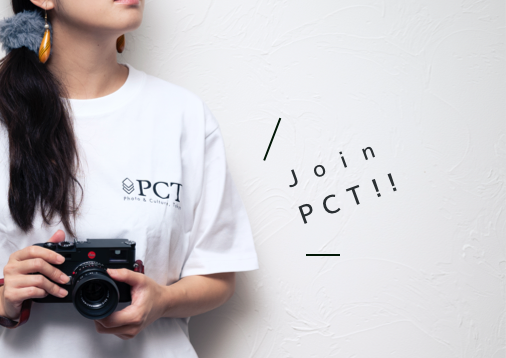
PCT Membersは、Photo & Culture, Tokyoのウェブ会員制度です。
ご登録いただくと、最新の記事更新情報・ニュースをメールマガジンでお届け、また会員限定の読者プレゼントなども実施します。
今後はさらにサービスの拡充をはかり、より魅力的でお得な内容をご提供していく予定です。
 「Photo & Culture, Tokyo」最新の更新情報や、ニュースなどをお届けメールマガジンのお届け
「Photo & Culture, Tokyo」最新の更新情報や、ニュースなどをお届けメールマガジンのお届け 書籍、写真グッズなど会員限定の読者プレゼントを実施会員限定プレゼント
書籍、写真グッズなど会員限定の読者プレゼントを実施会員限定プレゼント